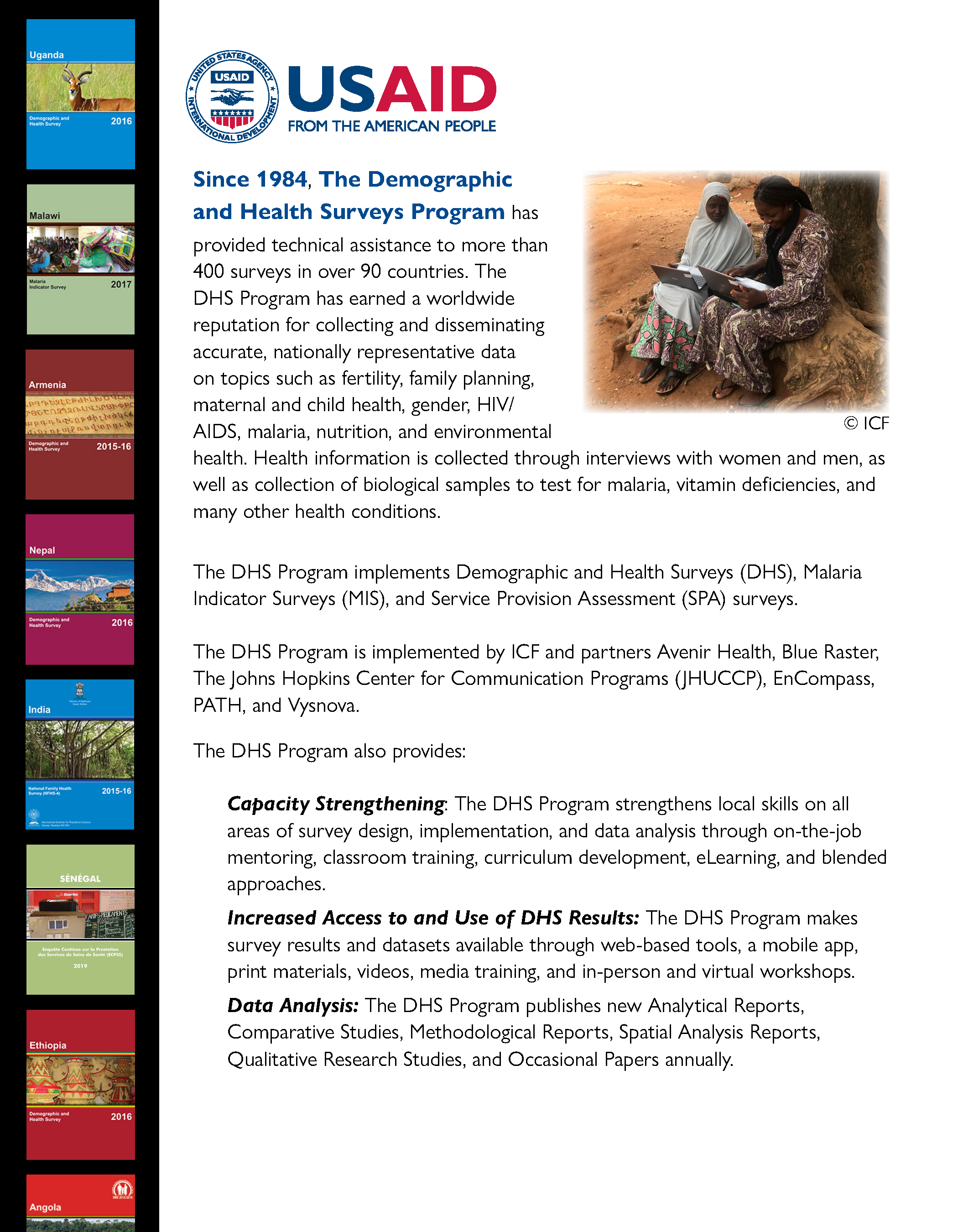Press Releases
New survey shows major decline in child mortality in Ethiopia
Addis Ababa, Ethiopia
The Minister of Health, Dr. Tewodros Adhanom, officially launched the 2011 Ethiopia Demographic and Health Survey (EDHS) today, which reveals many improvements in Ethiopia, particularly in the areas of child mortality and family planning.
Childhood Mortality
Currently, about 1 in 11 Ethiopian children die before reaching age 5. Under-five mortality has declined dramatically over the past decade, dropping from 166 deaths per 1,000 live births in 2000 and 123 deaths per 1,000 live births in 2005 to 88 deaths per 1,000 live births in 2011. Undernutrition is also decreasing in Ethiopia; 44% of children under age five are stunted (too short for their age), compared with 58% in 2000. The proportion of children who are underweight (too thin for their age) has also declined from 41% in 2000 to 29% in 2011.
Family Planning
The 2011 EDHS reveals the use of modern methods of family planning by currently married women has doubled since 2005. More than one-quarter (27%) of currently married Ethiopian women are using a modern method of family planning, nearly two times higher than 2005, when 14% of currently married women were using a modern method of family planning. Fertility in Ethiopia has declined from an average of 5.4 children per woman in 2005 to its current level of 4.8 children per woman.
Maternal Health
About one-third (34%) of pregnant women age 15-49 received antenatal care from a skilled provider (doctor, nurse, or midwife), compared to 28 % in 2005. Deliveries at health facilities are still low (10%), but have increased slightly since 2005, when 6% of births occurred in health facilities. More than six in ten of women believe that delivery in the health facilities is not necessary.
Women’s Empowerment
Over half (55%) of employed women report that the decision on how to spend her cash earnings is made jointly with their husbands. Three in four (75%) women and 68% of men report that the decision of how to spend the husband’s cash earnings is made jointly between the husband and wife. Women and men are equally likely to own a house or agricultural land by themselves or jointly.
Literacy
Literacy among men and women has shown improvements over the last five years; currently, (38% of women age 15-49 and 65% of men age 15-59 are literate, compared to 29% of women and 59% of men in 2005.
The 2011 Ethiopia Demographic and Health Survey (EDHS) was carried out under the aegis of the Ministry of Health (MOH) and was implemented by the Central Statistical Agency (CSA).
The testing of the blood samples for HIV status was handled by the Ethiopia Health and Nutrition Research Institute (EHNRI). ICF International provided technical assistance as well as funding to the project through the MEASURE DHS project, a USAID-funded project providing support and technical assistance in the implementation of population and health surveys in countries worldwide. Funding for the EDHS was provided by the government of Ethiopia and various international donor organizations and governments: the United States Agency for International Development (USAID), the HIV/ AIDS Prevention and Control Office (HAPCO), the United Nations Population Fund (UNFPA), the United Nations Children’s Fund (UNICEF), the United Kingdom Department for International Development (DFID), and the United States Centers for Disease Control and Prevention
(CDC).
For more information, contact: Central Statistical Agency (CSA), P.O. Box 1143, Addis Ababa, Ethiopia; Telephone: (251) 111 55 30 11/111 15 78 41; Fax: (251) 111 55 03 34; E-mail: csa@ethionet.et.
